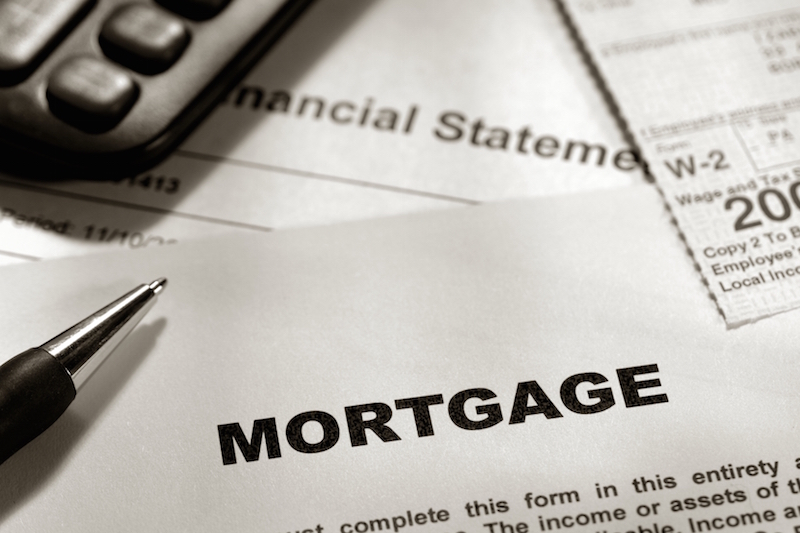

Mortgage rates are important in the homebuying process because they affect affordability, monthly payments, and the overall cost of homeownership. Understanding mortgage rates is critical for prospective purchasers to make informed selections and acquire advantageous financing conditions. This essay delves into mortgage rates, covering variables influencing rates, mortgage kinds, how lenders decide rates, the relevance of credit scores, tactics for achieving the best rates, and the long-term influence on affordability.
1. Factors Influencing Mortgage Rates. Mortgage rates are influenced by a variety of factors, including economic data, market circumstances, inflation, and central bank monetary policy. The status of the economy, employment rates, GDP growth, and inflation predictions can all have an impact on mortgage rates. Lenders regularly monitor these aspects in order to calculate the best rates for borrowers.
2. Types of Mortgage Rates. Buyers can select between fixed-rate mortgages and adjustable-rate mortgages (ARMs). Fixed-rate mortgages provide a stable interest rate throughout the loan term, offering monthly payment consistency and predictability. ARMs, on the other hand, have a fixed-rate period at the beginning, followed by periodic changes based on market conditions. Each mortgage rate has advantages and disadvantages, and purchasers should examine their financial goals and risk tolerance when choosing a mortgage program.
3. Determining Individual Mortgage Rates. When deciding the mortgage rate for an individual borrower, lenders consider a variety of factors. Credit scores, debt-to-income ratios, job history, and loan-to-value ratio (LTV) all influence the interest rate provided. Borrowers with stronger credit scores and lower LTV ratios typically qualify for cheaper interest rates because lenders believe them to be less risky. To obtain the best rates, purchasers must actively manage their credit, decrease debt, and display a strong financial profile.
4. Methods for Obtaining the Lowest Mortgage Rates. Buyers can use numerous tactics to boost their chances of obtaining the best mortgage rates. Buyers can compare rates and terms by shopping around and collecting numerous quotes from various lenders. Making a higher down payment, increasing credit ratings, and reducing debt can also help consumers qualify for lower interest rates. Working with a seasoned mortgage broker or loan officer can be quite beneficial during the rate negotiation process.
5. Long-Term Affordability Impact. Mortgage rates have a substantial long-term impact on homeownership affordability. Even little variances in interest rates might result in significant variations in the overall cost of a mortgage. Buyers should carefully assess the possible savings or costs associated with various rate options, as well as how these aspects correspond with their long-term financial objectives. A thorough study of the possible savings over the life of the loan can assist buyers in making sound judgments.
Understanding mortgage rates is critical for prospective buyers starting the home-buying process. Economic conditions, the type of mortgage chosen, individual financial profiles, and market dynamics all have a role in determining mortgage rates. Buyers can improve their financial position and raise their chances of achieving affordable homeownership by understanding these aspects and applying tactics to secure the best rates. Careful evaluation of mortgage rates and their long-term impact enables buyers to make informed selections that correspond with their financial goals and contribute to a successful homeownership experience.
